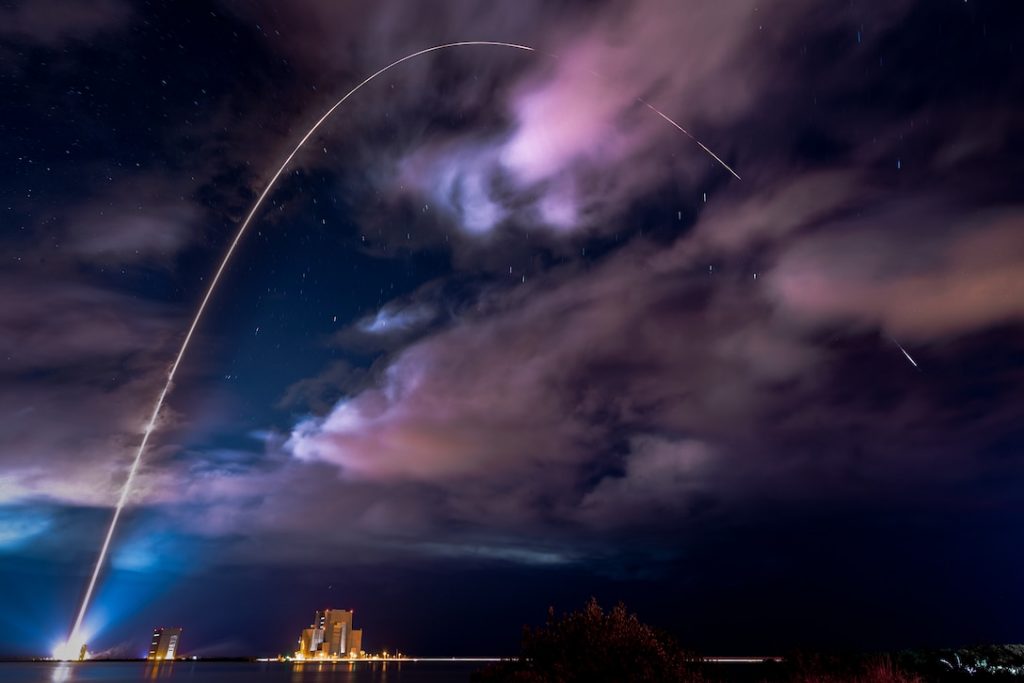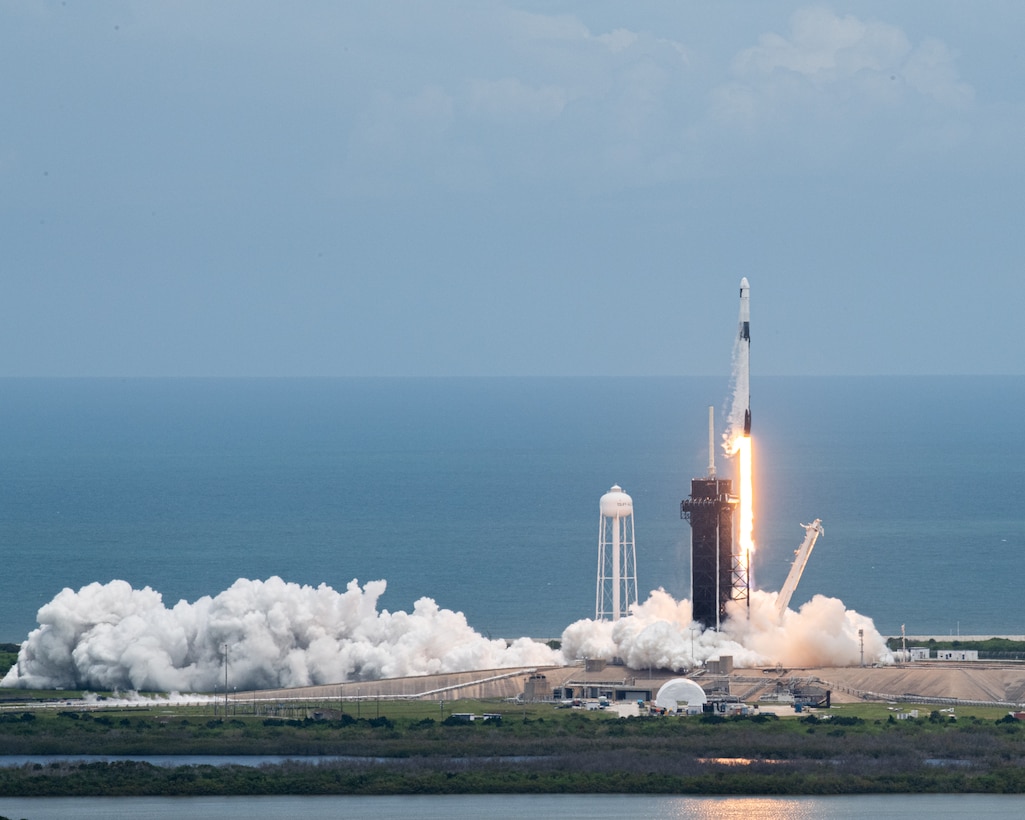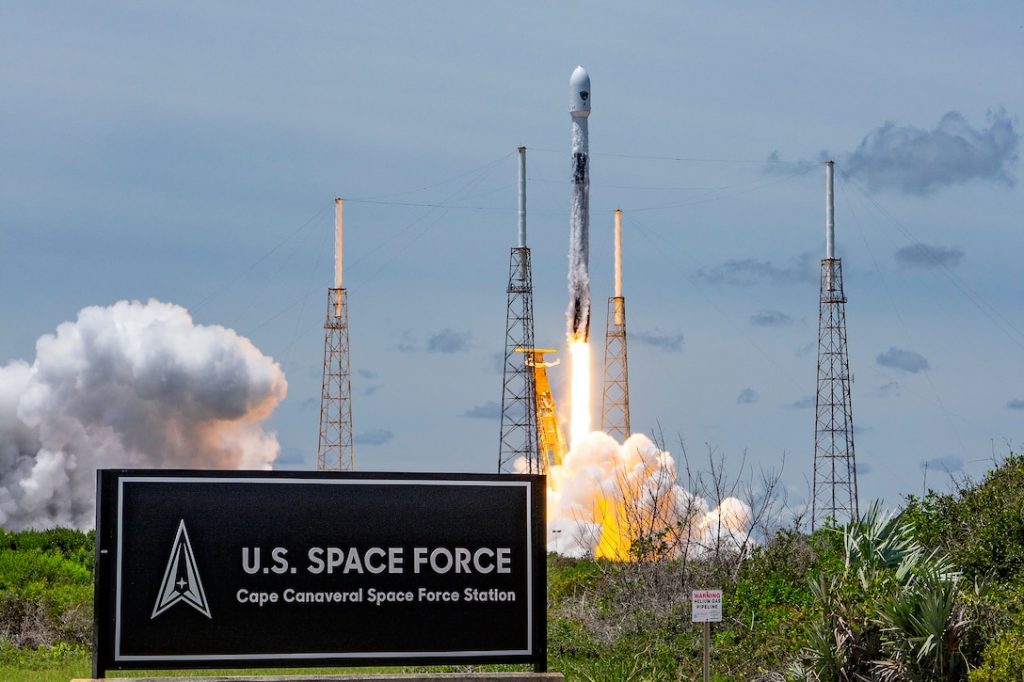HISTORY
Located in Cape Canaveral, Florida, the Cape Canaveral Space Force Station (CCSFS) has a rich, deep history which dates back to the late 1940s along with Patrick Space Force Base. Patrick SFB was first used as a Naval Air Station, and was originally named the Banana River Naval Air Station. After the land was appointed to the Air Force, the installation went under numerous name changes such as Cape Canaveral to Cape Kennedy, and then resorting back to Cape Canaveral in the 1970s. The final name change came in 2020 with its current name, Cape Canaveral Space Force Station.
Through all of the name changes over the years, there have been multiple historical endeavors at the Cape Canaveral Space Force Station. CCSFS was home to the Air Force Missile Test Center from 1951 to 1964. This is where tests were conducted for the SM-65 Atlas, HGM-25A, and PGM-17 Thor missiles. Many of the National Aeronautics and Space Administration (NASA) launches occurred here in the 1950s and 1960s, as well. This includes all launches for Project Mercury, Project Gemini launches, and two Project Apollo missions (Apollo 1 and 7). All Project Mercury launches occurred on Launch Complex (LC) LC-5 and LC-14, and Project Gemini’s launches were on LC-19. Of the two Apollo missions, the Apollo 1 crew of Gus Grissom, Ed White, and Roger B. Chaffee all perished in a launch rehearsal on January 27, 1967 on LC-34. On October 11, 1968, Apollo 7 successfully launched on October 11, 1968 from LC-34, marking the last time the launch pad was used.


The 45th Space Wing has a long history, starting with the United States Air Force (USAF) tracing its roots back to the 1940s, originally being called the 45th Bombardment Group (Light). However, its modern status can be traced back to the early 1990s, getting its name as the 45th Space Wing at this time. From the 1990s until 2021, the 45th Space Wing played an integral part of launching satellites into orbit. This includes the first launch of the Global Positioning System replenishment satellite in 1996 from CCSFS. In 2012, the 45th Space Wing assisted SpaceX with the launch of the first Falcon 9 rocket to resupply the International Space Station for NASA’s mission. After the formation of the United States Space Force on December 20, 2019, the installations under the 45th Space Wing, CCSFS and Patrick Space Force Base, were both named the first bases of the USSF on December 9, 2020. On May 11, 2021, the 45th Space Wing transitioned into Space Launch Delta 45 (SLD 45). With this new transition, SLD 45 is the foremost launch location for the USSF, and will continue to do so in the coming years and decades assisting other government entities in the process.

With CCSFS being rich in American air and space history, CCSFS is the ideal location to permanently host the T-Minus 10-Miler. The geographical location is ideal to have a warm, winter race in December. The length of this race is perfect for someone looking to PR on somewhat flat terrain with very little inclines, and this event can be used as a training run for longer events. The timing of the T-Minus 10-Miler coincides with the USSF’s birthday, and there is no better celebration than running around CCSFS and admiring history from up close and afar!
Related Pages: